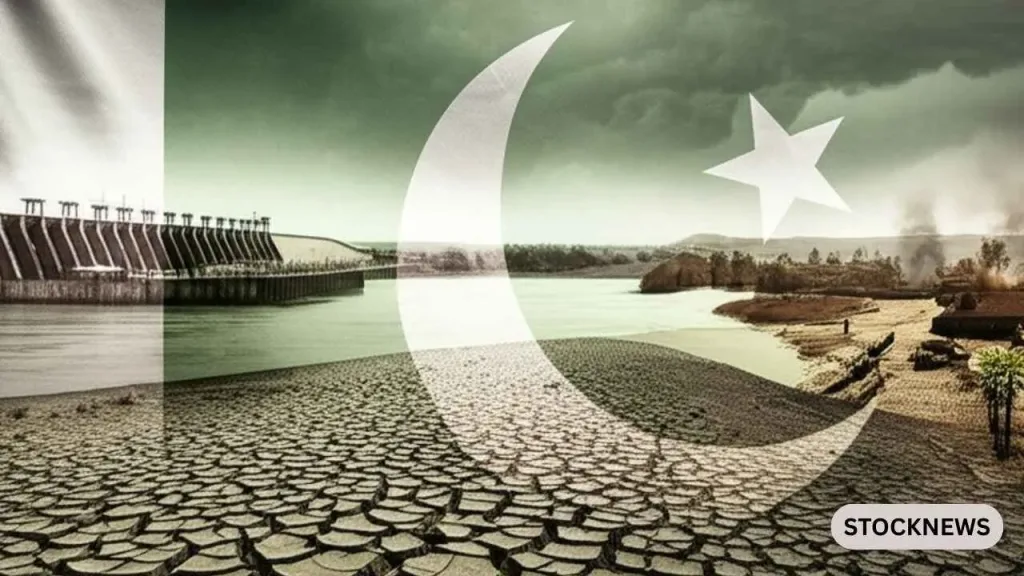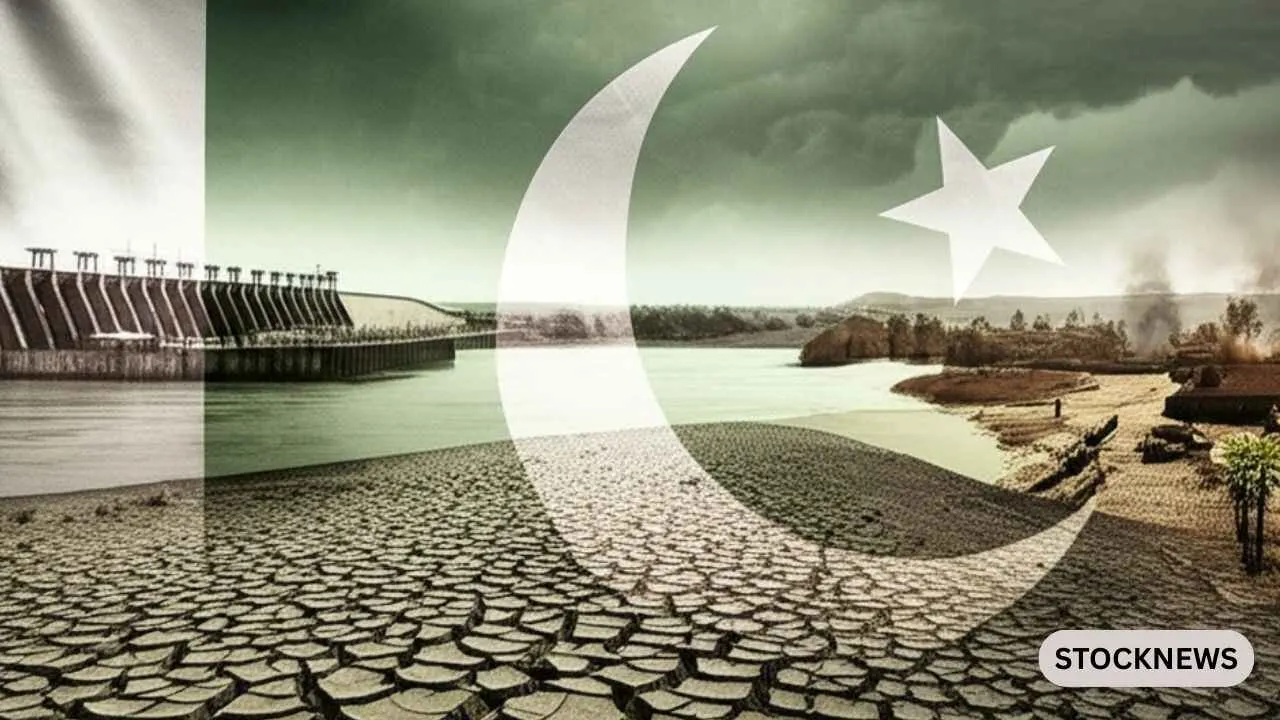Pakistan is grappling with a deepening water crisis as the country’s water regulatory authority confirmed a 21% shortfall in the Indus River system, attributing the reduction to sudden changes in upstream flows from India, particularly in the River Chenab. The development, confirmed in a May 5 press release by the Indus River System Authority (IRSA), comes at a critical time for the country’s agricultural sector, raising alarm about potential long-term impacts on food security and economic stability.
According to IRSA, the early Kharif season—spanning May to early June—has already witnessed a dramatic drop in water levels, especially in the Chenab River, where depth has fallen from an average of 30 feet to just 1.5 feet in some areas. Officials warn that if current patterns persist, the late Kharif season (June to September) may also experience a 7% water deficit.
The shortage is widely believed to be linked to upstream water management by India. Several Indian hydroelectric projects on the Chenab, such as the Baglihar and Salal dams, operate as “run-of-the-river” facilities, meaning they lack substantial storage capacity but can temporarily halt flows for maintenance or strategic timing. Indian officials have claimed that current disruptions are tied to routine flushing and desilting operations, yet the timing—coinciding with India’s ongoing national elections—has raised eyebrows in Islamabad.
This isn’t the first time water sharing has stirred tensions between the nuclear-armed neighbors. The 1960 Indus Waters Treaty, brokered by the World Bank, allocates control of three eastern rivers (Ravi, Beas, Sutlej) to India and three western rivers (Indus, Jhelum, Chenab) to Pakistan. Although India is permitted limited use of the western rivers for hydropower and irrigation under strict guidelines, Pakistan has long expressed concerns over Indian infrastructure potentially compromising downstream flows.
“This is not merely a technical issue; it’s a matter of survival,” said one Pakistani official familiar with the IRSA deliberations. “We are entering a period where water politics will become as consequential as oil politics.”
Agricultural Fallout Looms
The implications for Pakistan’s agriculture sector are severe. The country’s famed Basmati rice, heavily reliant on early monsoon irrigation, faces yield reductions of up to 50%, according to preliminary estimates. Cotton, another major export crop, is also expected to suffer in both quantity and quality—shrinking cotton bolls caused by insufficient water could degrade fiber standards, undermining Pakistan’s textile industry, a vital pillar of the national economy.
Provinces like Punjab, which accounts for nearly 75% of the country’s Kharif production, are particularly vulnerable. Cities such as Sialkot, Gujranwala, and Multan depend on the Chenab-fed canal systems like the Upper and Lower Chenab Canals. These systems are now under intense pressure. Additional stress is expected in Sindh and parts of Balochistan and Khyber Pakhtunkhwa, as inter-provincial water disputes simmer.
Strategic Water Management and Future Plans
India, for its part, is accelerating its long-term water management strategy. Numerous dam projects—Ratle, Kiru, Kwar, Pakal Dul, and Dulhasti—are under construction or planned along the Chenab and Jhelum rivers. In tandem, India is exploring expanded canal networks to divert water from these rivers for domestic use, gradually reducing downstream flow into Pakistan within the bounds of the Indus Waters Treaty.
Though India insists these projects are within treaty limits, Pakistan sees them as a form of economic and environmental coercion. “If water becomes a strategic tool, it threatens to destabilize regional peace,” warned a former Pakistani water expert.
Pakistan’s Limited Response and Mounting Internal Pressure
While IRSA continues to monitor the situation daily, Pakistan’s options remain limited. Water storage infrastructure is outdated and underdeveloped, and the country lacks large-scale dams on rivers like Chenab and Jhelum to counterbalance Indian controls.
Adding to Islamabad’s woes, unrest has erupted in Balochistan, where the Balochistan Liberation Army (BLA) staged a dramatic attack in Kalat district. The group reportedly released 10 prisoners, abducted five police officers, and temporarily blocked the Quetta-Karachi highway, further straining internal security. Videos posted online showed burning government buildings and attacks on Chinese commercial trucks—a worrying escalation in an already volatile region.
The BLA’s actions appear to reflect broader disenchantment among Baloch communities, long critical of Pakistan’s federal policies and development disparities. Some in the region now speculate whether India could exploit this unrest to further pressure Islamabad, though New Delhi has consistently denied supporting Baloch separatists.

What Lies Ahead
For Pakistan, the convergence of environmental stress and political instability marks a precarious moment. If the water shortage persists into the winter wheat season, the country could face heightened food insecurity and further currency devaluation due to falling agricultural exports. Already, cotton buyers such as Bangladesh have begun seeking alternative sources, while fears mount over rice and sugarcane production as well.
The upcoming months will prove critical. While India has resumed water release in recent days, according to Pakistani officials, the erratic pattern of flow—periods of sudden drought followed by flooding—continues to wreak havoc on irrigation planning and reservoir management.
As one agricultural analyst put it, “Pakistan needs not only diplomatic engagement with India but also a comprehensive domestic water policy. Without it, the country will remain at the mercy of its neighbor’s gates and its own lack of foresight.”
Would you like a visual map or chart showing the river systems and disputed dam locations?
